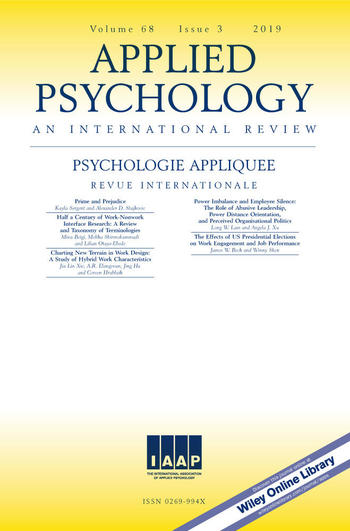Professor Razinskas publishes his research in Applied Psychology: An International Review
News vom 16.12.2021
The article titled “The effects of diversity on creativity: A literature review and synthesis” has been accepted for publication in Applied Psychology: An International Review. In their research, Stefan Razinskas together with Andreas Hundschell (LMU Munich), Julia Backmann (University College Dublin), and Martin Hoegl (LMU Munich) not only systematically review the extant literature on diversity–creativity relationships at multiple levels of analysis, but also offer an agenda for future research intended to leverage a more elaborate understanding of the promising role that diversity plays in the creative performances of individuals and their teams and organizations. This research is published open access and will be available for download here.
Summary
In today’s complex business world, the diversities within organizations, within teams, and of individual employees has emerged as a source of competitive advantage that can enhance creativity at multiple levels of analysis. However, the relationship between diversity and creativity at and across the individual, team, and organizational levels remains a topic of debate, despite ongoing scholarly interest. In this article, we address this debate by conducting a comprehensive multilevel review of 119 empirical studies that explores the effects of diversity on creativity. To structure this body of literature, we review studies based on their levels of analysis as well as the degrees of job-relatedness and the observability of diversity attributes they investigate. This approach helps to enable the discussion of the differential effects that numerous diversity attributes can have on creativity at the individual, team, and organizational levels, thus uncovering promising avenues for future research. Our multilevel perspective particularly points toward the heightened need for more cross-level and dynamic research designs and for extending conceptual ideas well known at one level of analysis to phenomena less understood at other levels of analysis. These approaches should improve the understanding of the complex, and therefore still puzzling, role of diversity for creativity.
